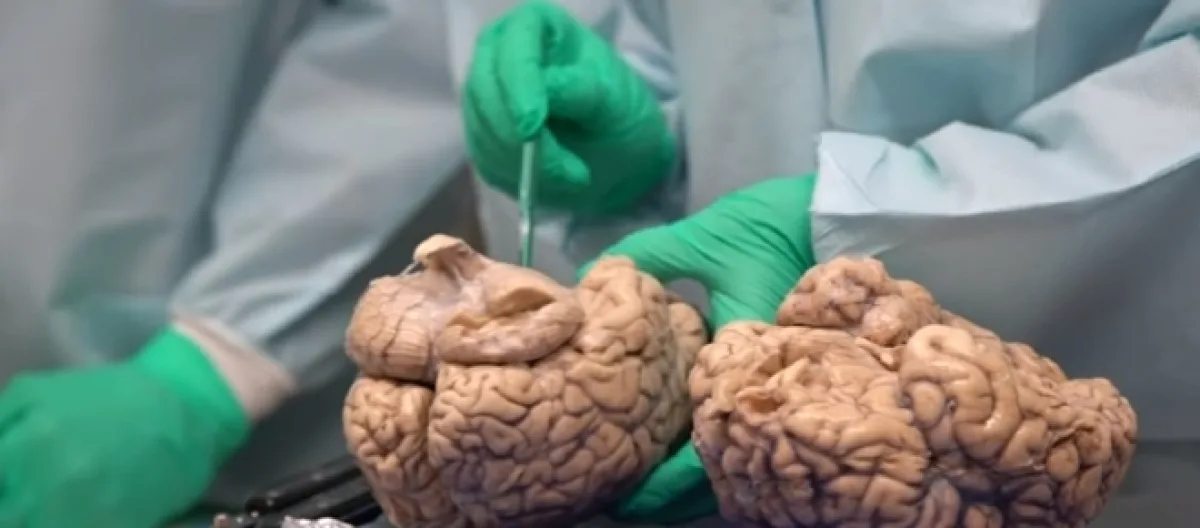Chronic Traumatic Encephalopathy is a Brain Disease suffered by those who receive repeated blows to the head, and it has taken its toll on former NFL and football players. The disease can cause memory loss, confusion, depression and even early dementia. A new study in a medical journal JAMA has unearthed the magnitude of just how pervasive this issue really is.
The findings are saddening for players, and perhaps confirm our worst fears about football while simultaneously raising questions about the future of the NFL and thus their franchises as well (including the Packers).
The findings
The study had Shocking results. Out of the 111 deceased NFL players' brains that were studied, 110 had confirmed CTE. Out of all the 202 brains studied from football players, 177 had CTE as well.
So the risk for football players, who take repeated blows to the head in games and tackling drills throughout their life is immense, perhaps close to guaranteed. The study confirms some of the fears raised by medical professionals and players, as well as making the depiction of brain risk in the movie "Concussion" seem accurate. Even former Packer players like Brett Favre looked at past findings as extremely scary, but these findings seem worse.
Associated Press did cite researchers as saying that it should be noted though that those who donated their brains to science before death, likely had suspicions about CTE (potentially skewing the results). Despite this potential lurking variable, the raw numbers of the findings seem compelling. You cannot brush off 99 percent of the studied brains having CTE, even if the statistic doesn't provide a complete picture.
How the study impacts players and the future of the league
Can the NFL survive knowing it likely causes brain disease? Will the NFL become a waiver sport? Will parents prevent their children from playing football more often? These questions are now becoming more pertinent than ever.
If the results of the study are not skewed, it is almost guaranteed that the sub-concussive hits football players take on a daily basis during drills and games will likely give them brain diseases. Football programs have tried to minimize the issue with shock absorbent fields, better helmets, and less full contact practices. The NFL has made some rule changes concerning kickoffs and hits to the head in an order to deal with an issue they once covered up.
If less young adults are allowed to play football and people begin to see the toll that the game of football has on its athletes, that might cause the coming generation to produce less good players and less fans. What might the NFL be in 20 or 40 years if people begin to face these issues?
There is also the reality that for some people from low socio-economic groups, football is their only way out, their only path to a better life. People might still risk their brains despite knowing the problems.
How can the game be made safer? Will the coming generations of potential players still want to play despite the risks? Can the NFL survive this issue as it grows? The questions need answers before CTE harms or kills more players, and eventually the league.

